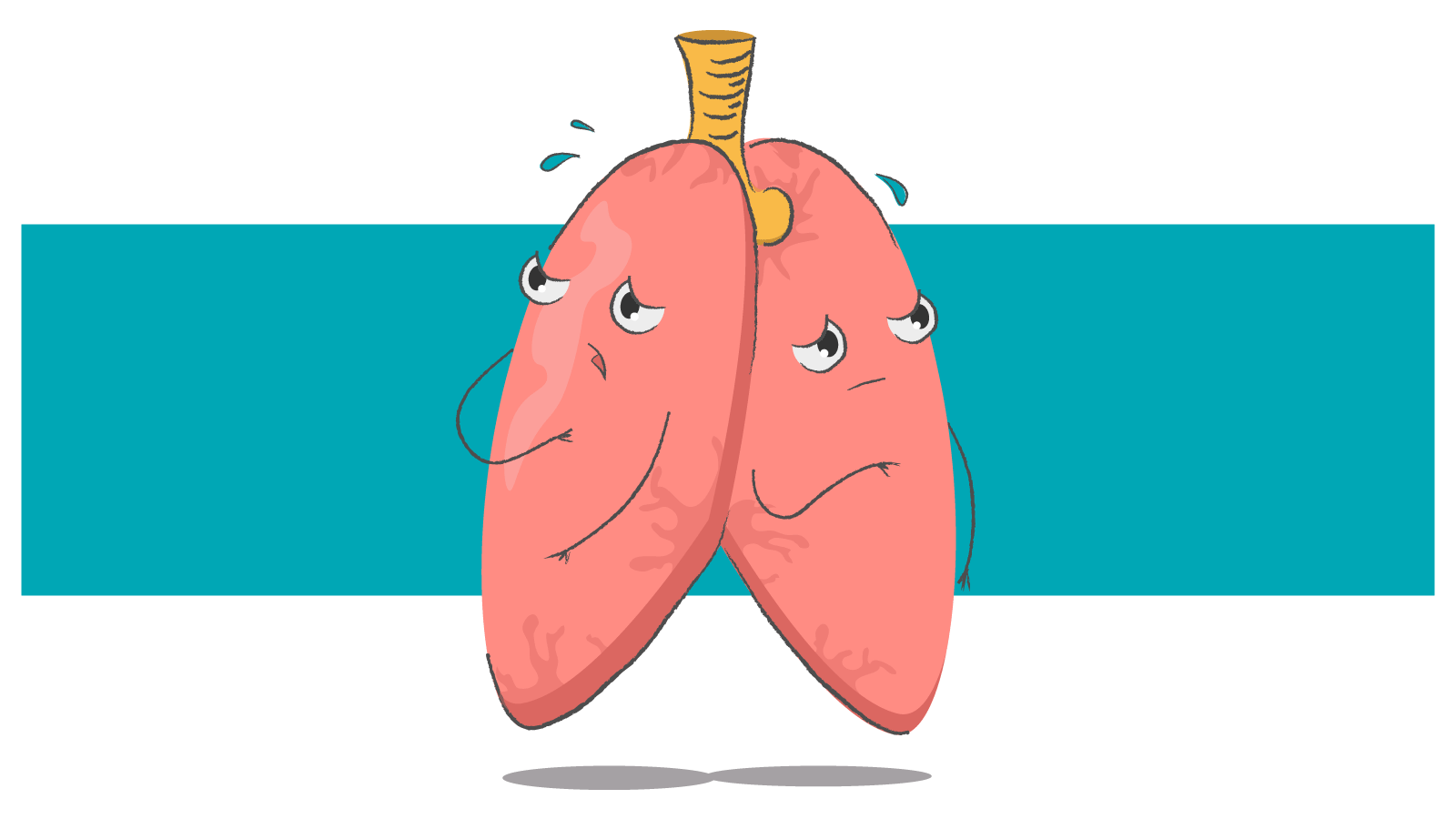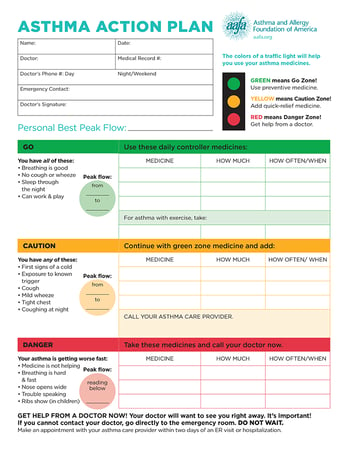Mental Health in Motion: The Exercise Effect

The Global Initiative for Asthma (GINA) was established in 1993 by the National Heart, Lung, and Blood Institute and the World Health Organization, with the aim of increasing awareness about asthma and providing a mechanism to translate scientific evidence into improved asthma care worldwide. In 2001, GINA initiated an annual World Asthma Day for each year in early May.
Asthma is a long-term condition affecting children and adults, and is the most common chronic disease among children. Asthma is a heterogeneous disease (meaning there are several root causes), usually characterized by chronic airway inflammation.
Your doctor will look for a history of characteristic symptom patterns and test for evidence of airflow limitations. Your doctor may use a a range of different tests, like spirometry, as well as rule out other conditions that may seem like asthma.
There are many different types of asthma across the whole range of severity, from mild to severe. Recognizable clusters of demographic features, clinical characteristics, lung function and inflammation are called “asthma phenotypes.” Below are some of the most common types of asthma:
The way doctors define the severity of asthma may surprise, and confuse, you.
As explained in GINA's 2022 Global Strategy for Asthma Management and Prevention report, the way doctors define the severity of asthma – severe, moderate, or mild – is not necessarily based on intensity or frequency of symptoms, but rather on the condition’s “difficulty to treat”.
Severe asthma, as defined by the American Thoracic Society (ATS)/ERS Task Force and included in most asthma guidelines, is asthma that remains uncontrolled despite proper use of medication and standard asthma treatments. Conversely, mild-to-moderate asthma is easier to get under control using proper treatment.
In other words, having daily and intense symptoms, as opposed to mild and infrequent symptoms, does not mean one case of asthma is necessarily classified as more “severe” than the other. Those suffering from “mild” asthma can still have intense symptoms, so it’s important not to underestimate the dangers of having mild asthma. In fact, up to 30% of asthma attacks that require emergency attention occur in people who have mild asthma.
Approximately 5-10% of people with asthma have severe asthma, while 50% to 75% of asthmatics have mild asthma.
Asthma cannot be cured, but good management with inhaled medications can help improve your symptoms. The most important thing is to take your medicine(s) exactly as your healthcare provider has instructed you to take them. According the the American Lung Association that means, taking the right medicine at the right time and with the proper technique!
In fact, up to 70-80% of patients are unable to use their inhaler correctly! Poor inhaler technique leads to poor asthma control, increased risk of exacerbations and increased adverse effects. And, as the GINA report points out, there is no "perfect inhaler", and patients can have problems with any inhaler device.
The most important aspect of living with asthma is having a proper asthma self-management procedure. According to the GINA research, the essential components of effective asthma self-management are:
According to the Asthma and Allergy Foundation of America (AAFA), everyone living with asthma should have an Asthma Action Plan in writing. Fortunately, the AAFA provides a handy template you can use (click the image below).
